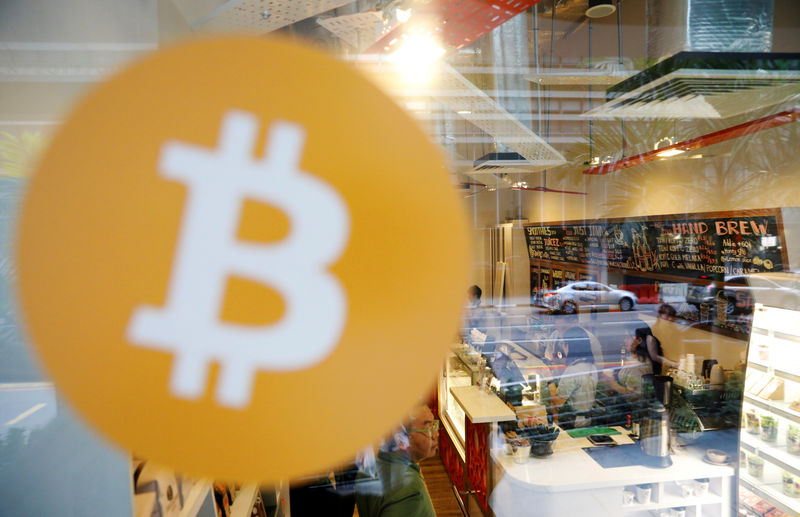NEW YORK - As the cryptocurrency market anticipates the next Bitcoin "halving" in April 2024, U.S. Bitcoin miners are intensifying their efforts to maximize profits. The halving event, which will cut the Bitcoin block reward in half, is increasing the urgency among the 13 largest U.S.-listed mining companies to expand their operations. Gregory Lewis from BTIG highlighted this rush to set up more mining rigs before the available Bitcoin supply tightens further.
The Bitcoin network's computational power, known as the hash rate, has been reaching new heights for 11 consecutive months, according to data from J.P. Morgan and Blockchain.com. This sustained increase indicates a growing energy demand for Bitcoin mining activities. The recent surge in Bitcoin's value by approximately 37% to $37,000 over the past month has incentivized miners to accelerate the production and sale of new coins.
Despite these efforts, miner revenues have not yet returned to their early 2021 peak levels. On November 11, average revenue hit $32.46 million, with earnings per petahash per second climbing to $81 from $70 earlier in November. However, these figures still fall short of the $127 peak earnings recorded in early 2021.
The upcoming halving is expected to pose significant challenges for smaller miners by reducing the block reward from 6.25 to 3.125 bitcoins. This reduction could lead to market instability, with potential mergers and bankruptcies among less competitive miners. Larger mining corporations like Marathon Digital (NASDAQ:MARA) and Riot are preparing for this shift by planning acquisitions of struggling operations post-halving.
Didar Bekbauov, CEO of Xive, warns of machine shutdowns at his company and predicts that smaller operations may not survive the reduced incentives following the halving. William Szamosszegi, CEO of Sazmining, also anticipates that the halving could eliminate smaller miners who cannot sustain high-level competition.
The Bitcoin network's built-in difficulty adjustment mechanism ensures decentralization by modifying the challenge of solving blocks based on past performance. Miners are responding by investing in more efficient machinery and relocating to regions with cheaper electricity costs to maintain profitability.
With a fixed limit of 21 million bitcoins and 19 million already mined, the pressure is mounting for miners to capitalize on current opportunities before the next halving event reshapes the industry landscape.
This article was generated with the support of AI and reviewed by an editor. For more information see our T&C.
